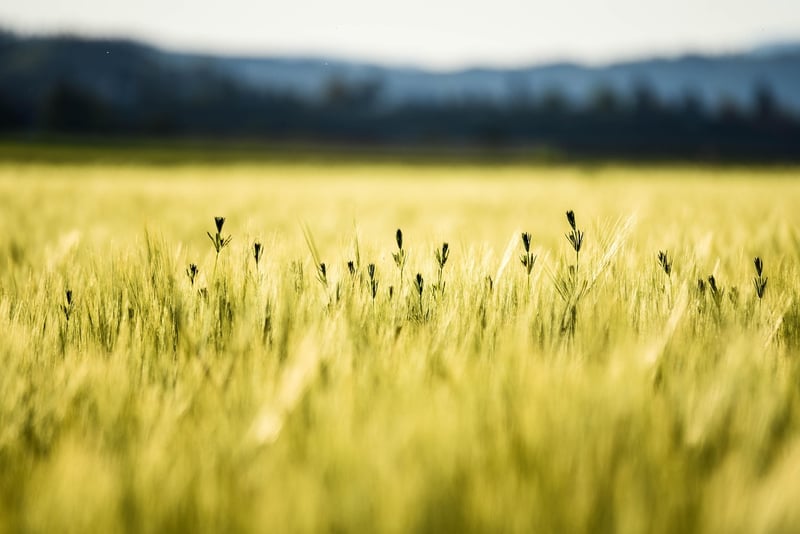Lighting Requirements
The Essential Guide to Ensuring Plant Health: Lighting Requirements
Plants are not only a beautiful addition to any space but also play a crucial role in maintaining a healthy environment. To ensure your plants thrive and remain healthy, understanding their lighting requirements is essential. Light is one of the most critical factors affecting plant growth, as it is vital for photosynthesis, the process by which plants convert light into energy.
Types of Light
There are three primary types of light that plants need: sunlight, artificial light, and supplemental light. Each type serves a different purpose in supporting plant growth.
Sunlight
Sunlight is the most natural and beneficial light source for plants. Different plants have varying sunlight requirements, with some needing direct sunlight, while others thrive in indirect light.
Artificial Light
Artificial light is commonly used for indoor plants or in areas where natural light is limited. LED grow lights, fluorescent lights, and incandescent bulbs are popular options for providing artificial light to plants.
Supplemental Light
Supplemental light is used to complement natural light and artificial light sources. It can help ensure that plants receive an adequate amount of light for optimal growth, especially in areas with limited sunlight.
Understanding Plant Lighting Requirements
It's essential to know the specific lighting requirements of the plants you have to provide them with the right amount and type of light. Factors to consider include:
- The intensity of light required by the plant
- The duration of light exposure needed daily
- The quality and color spectrum of light
Choosing the Right Lighting
When selecting lighting for your plants, consider the following tips:
- Place light-loving plants near windows with ample sunlight
- Use grow lights for indoor plants that require more light
- Adjust the distance between the light source and plants based on their light requirements
Conclusion
By understanding and meeting the lighting requirements of your plants, you can promote healthy growth and vibrant foliage. Remember to observe your plants regularly and make adjustments to their lighting conditions as needed to ensure they thrive and flourish.


